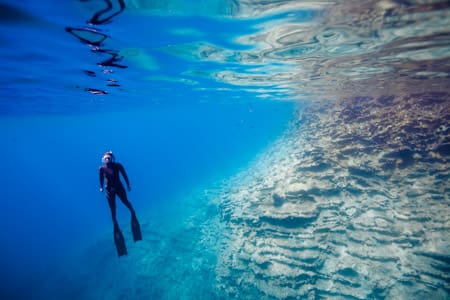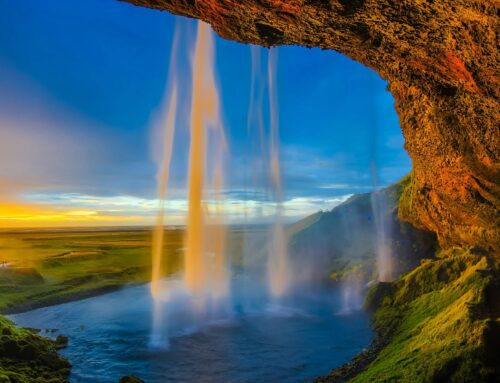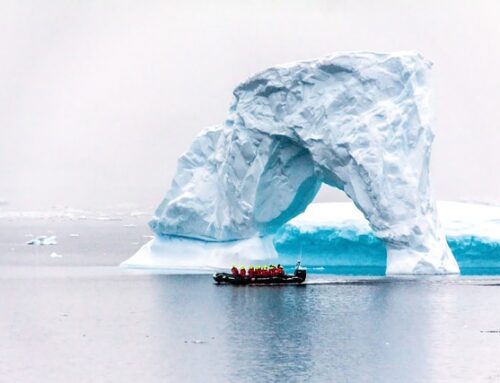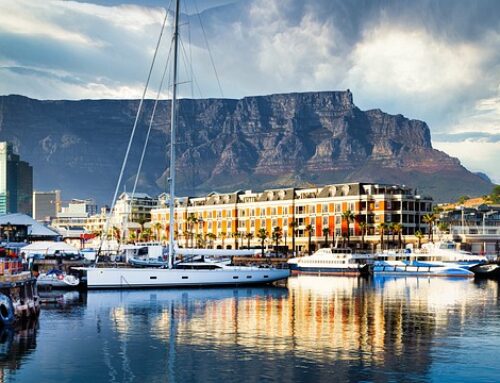Freediving, Three of The World’s Best Sites – Where Less Really Is More

3 Fantastic Spots to Go Freediving
Fuelled by determination and a sheer love of the deep, freediving is an adrenaline-pumping experience that certainly isn’t for the faint-hearted. Hungry for the challenge, divers ditch their breathing equipment for the power of their own lungs to descend to great depths and explore all the underwater world has to offer. The thought might seem intimidating but anybody can learn the art of freediving, and those that do never look back.
How does Freediving Work?
Freediving takes a lot of physical and mental fitness to master but our bodies are also surprisingly well equipped for the sport. An evolutionary trait known as the Mammalian Diving Reflex ensures that when the human body enters cold water, the oxygen-conserving mode is triggered to ensure that the heart and brain get oxygen priority. And when divers reach great depths, a science called blood shift is activated, filling the lungs with plasma to prevent collapse.
Giving it a Go
So if you did choose to swap the tank for your willpower and were given one week to go freediving anywhere in the world, where would you choose? There are hundreds of amazing freediving spots all over the globe, each differing in their environments, wildlife and challenges.
In this article, we take a look at 3 of the best and why you should make them your priority.
SS Yongala Wreck
Where in the World? Australia
Best For? Wreck Diving
When to Visit? June to November
Nestled in Australia’s famous Great Barrier Reef Marine Park, the SS Yongala Wreck is one of the most fantastic wreck diving sites in the world. Here, you can explore the Yongala Shipwreck, a former steel steamer stretching an enormous 110m. The ship sank with 124 passengers on board during a tropical cyclone in 1911, and no survivors were recorded.
Now an eerie skeleton more than 100 years old, the ship is still in good enough condition for divers to explore the masts, and even the toilets. Visibility at the wreck is pretty minimal and currents can get really strong, making the wreck a great spot for freedivers who love a challenge.
And yet, what makes freediving at SS Yongala truly amazing is the flood of marine life. The wreck is a magnet for groupers the size of small cars, sea turtles, Manta Rays and sea snakes. Huge schools of Barracudas also stalk the remains while massive trevallies and various species of sharks glide by hunting the waters. Visit during June to November and you’ll also get the chance to spot a humpback whale!
Richelieu Rock
Where in the World? Thailand
Best For? Shark Sightings
When to Visit? February to May
If you’re quite a danger hunter and love to add an element of risk to your dive then Richelieu Rock is where you should be headed. Recognised as the best freediving site in Thailand, the area is famous for sightings of Whale Sharks which roam the waters between February and May.
If you aren’t lucky enough to catch a sighting, you can still enjoy the huge schools of Barracudas, Dogtooth Tunas and Manta Rays. Or, if you’re more interested in the little critters then you won’t be disappointed by the multitudes of Porcelain crabs, Sea Horses, Harlequin Shrimp, Pipefishes and Nudibranch which make their home in the area.
Richelieu Rock is also suited to the more experienced diver. As the site is in open water, currents can be strong and visibility is reduced by the high density of plankton. And yet these conditions are welcomed as they make the perfect home for the Whale Sharks and Manta Rays!
Batu Bolong
Where in the World? Indonesia
Best For? Marine Life
When to Visit? February to May
From the surface, Batu Bolong appears as a small rock with a hole but underwater, divers can explore something much more amazing. Blanketed in hard and soft coral, the rock extends 70m into the deep and its cracks make homes for all kinds of marine life.
Schools of dogtooth tuna, napoleon wrasse and giant trevallies wander near the surface while white tip sharks can be found taking a nap on the deep slopes. You’re also pretty likely to spot turtles gently swimming amongst the teeming waters.
As the currents are very strong at Batu Bolong, the freediving site is more than a challenge. Even the most experienced divers need to take special care, but the sights are certainly worth it!
Freediving really is an experience like no other and after trying it one, most freedivers can’t wait to try it again. The sport can take you all around the world to see sights you never thought even existed. It’s exhilarating and an achievement to be proud of.
********************************************
About The Author: This article was written by Hannah Richards, a passionate blogger who writes extensively on the topics of freediving and spearfishing across the web. Hannah writes in association with www.apnea.co.uk.
********************************************
Photo Source: Google Commons








